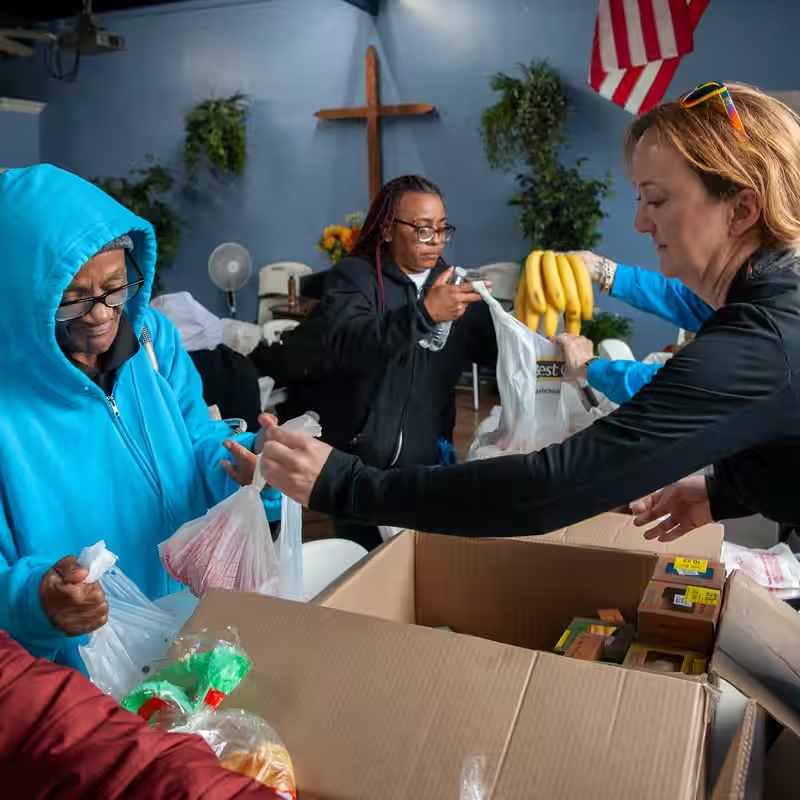Table of Contents
- The End of Emergency SNAP Benefits
- Real Stories: Families Facing Tough Choices
- How Food Banks and Volunteers Are Stepping Up
- What You Can Do—and How to Share Your Story
- Sources
The End of Emergency SNAP Benefits
After years of expanded food assistance during the pandemic, millions of Americans are now grappling with the sudden loss of Supplemental Nutrition Assistance Program (SNAP) benefits—commonly known as food stamps. As federal emergency allotments officially expired in September 2025, households across the country saw their monthly benefits slashed by hundreds of dollars overnight .
For many, this isn’t just an inconvenience—it’s a crisis. A single mother in Ohio reported her SNAP support dropped from $480 to $95 per month. In rural Texas, seniors on fixed incomes say they’re choosing between medicine and meals. The New York Times is now calling on readers who rely on SNAP—or who work in food assistance—to share their experiences as part of an ongoing investigation into the human impact of these cuts .
Real Stories: Families Facing Tough Choices
Across the U.S., families are adapting in heartbreaking ways:
- Atlanta, GA: A warehouse worker now skips breakfast so his kids can eat lunch at school.
- Phoenix, AZ: A grandmother uses food bank vouchers twice a week but says shelves are often empty by Thursday.
- Detroit, MI: A college student dropped out of night classes to take a second job after her SNAP benefits were cut by 70%.
“I used to buy fresh vegetables and lean meat,” said Maria L., a home health aide in Florida. “Now I’m buying the cheapest pasta and hoping it lasts. It feels like we’re being forgotten.”
How Food Banks and Volunteers Are Stepping Up
Local food banks report a 40–60% surge in demand since SNAP reductions took effect . Organizations like Feeding America and local pantries are stretching resources thin, often relying on volunteers and donated goods.
“We’re seeing new faces—working parents, veterans, teachers,” said Jamal Reynolds, director of the Heartland Community Food Network in Kansas City. “These aren’t people who’ve ever needed help before. They’re embarrassed, but they’re desperate.”
Some churches and mutual aid groups have launched “SNAP gap” programs, offering weekly grocery boxes to bridge the shortfall. Yet many say it’s not enough to offset the scale of need.
What You Can Do—and How to Share Your Story
The New York Times is actively collecting firsthand accounts from individuals affected by the SNAP reductions. Whether you’ve lost benefits, work at a food pantry, or are a teacher noticing hungry students, your voice matters.
You can share your experience securely via the newspaper’s official submission form. All responses are confidential unless you grant permission for publication.
Meanwhile, advocates urge Congress to reconsider baseline SNAP funding levels. “Food insecurity isn’t a personal failure—it’s a policy choice,” said nutrition policy expert Dr. Elena Torres at the Center on Budget and Policy Priorities.




